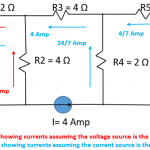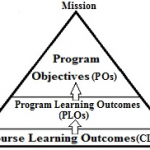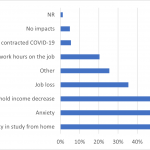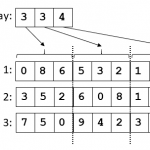Using MULTISIM software as a replacement or supplement for physical labs
Abstract
MULTISIM is a computer simulation software that among other things simulates the performance of electric circuits. The article presented here demonstrates using MULTISIM as an educational tool to enhance student learning process by discussing the use of MULTISIM for teaching basic electrical circuits consisting of analysis of Series-Parallel Circuits, Superposition Theory, Thevenin Theory and Norton Theory. The traditional textbooks only demonstrate the final result of a circuit analysis using MULTISIM. However, the article presented here discusses using the software as an aid to check the intermediate steps of hand calculation techniques that must be used if no computer software were being used. By using the mixed approach of using a hand calculation technique and MULTISIM, the students have the opportunity to verify the accuracy of every step of the process which will improve their learning and will allow them to find and correct their own errors.



